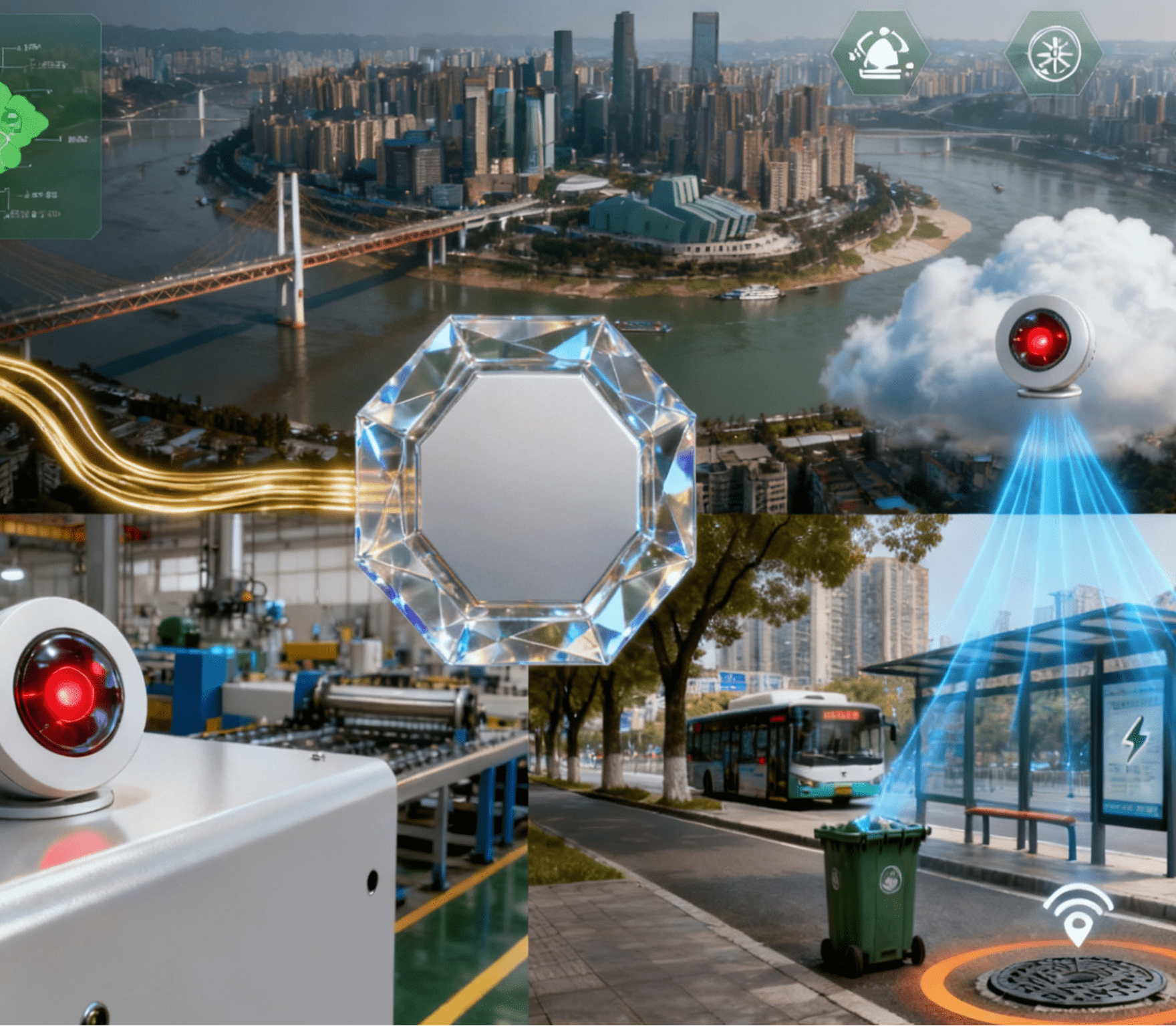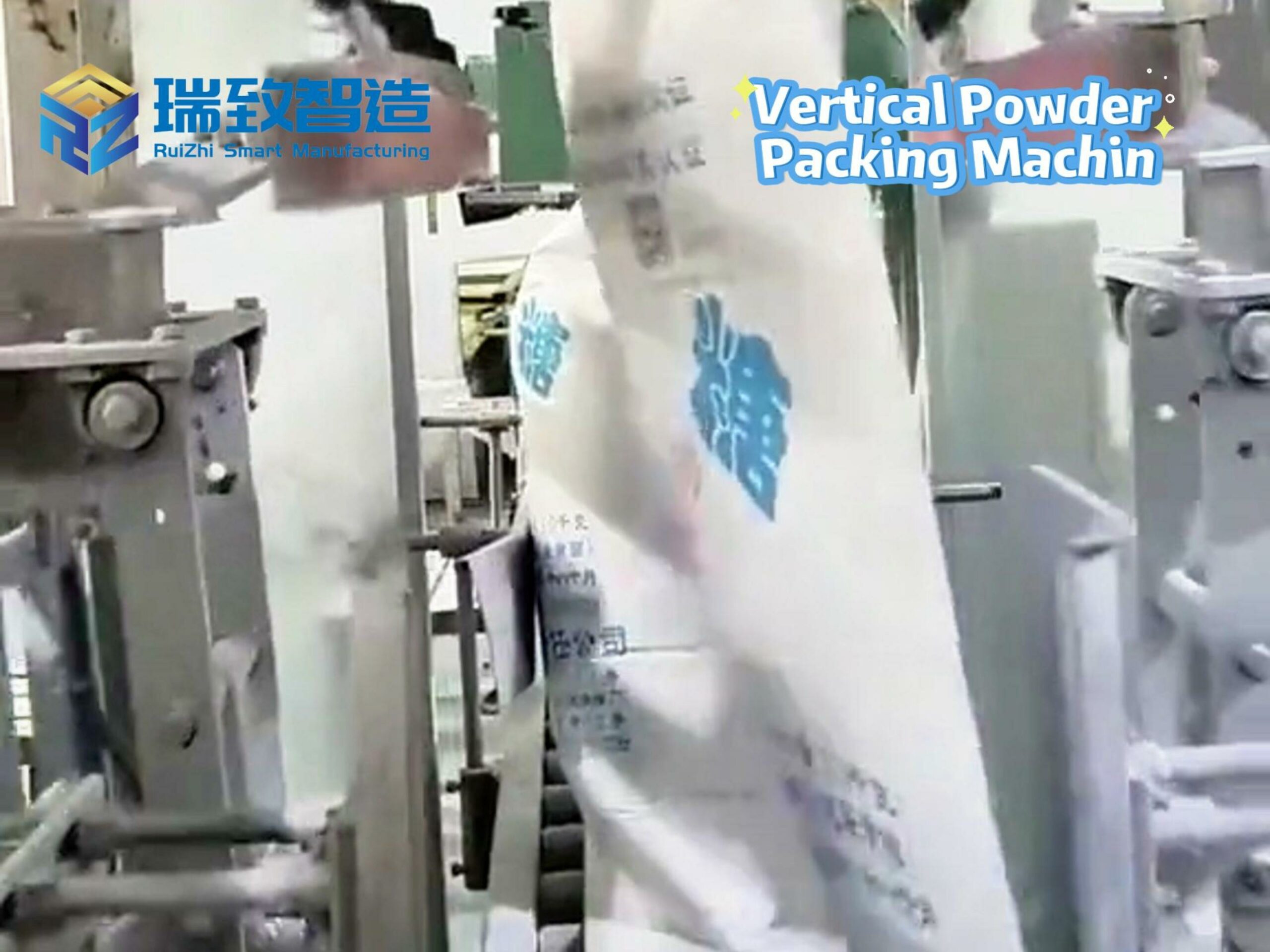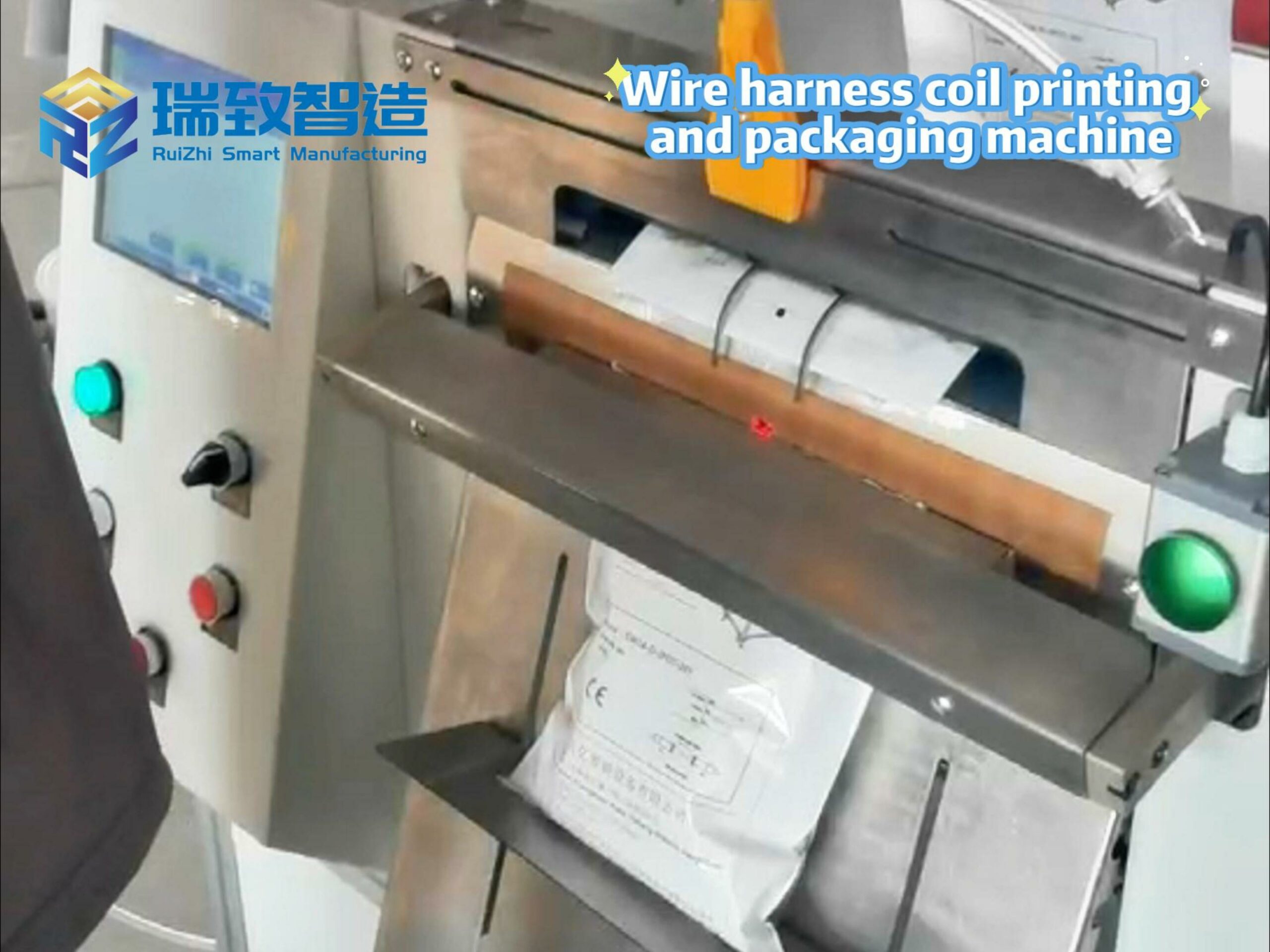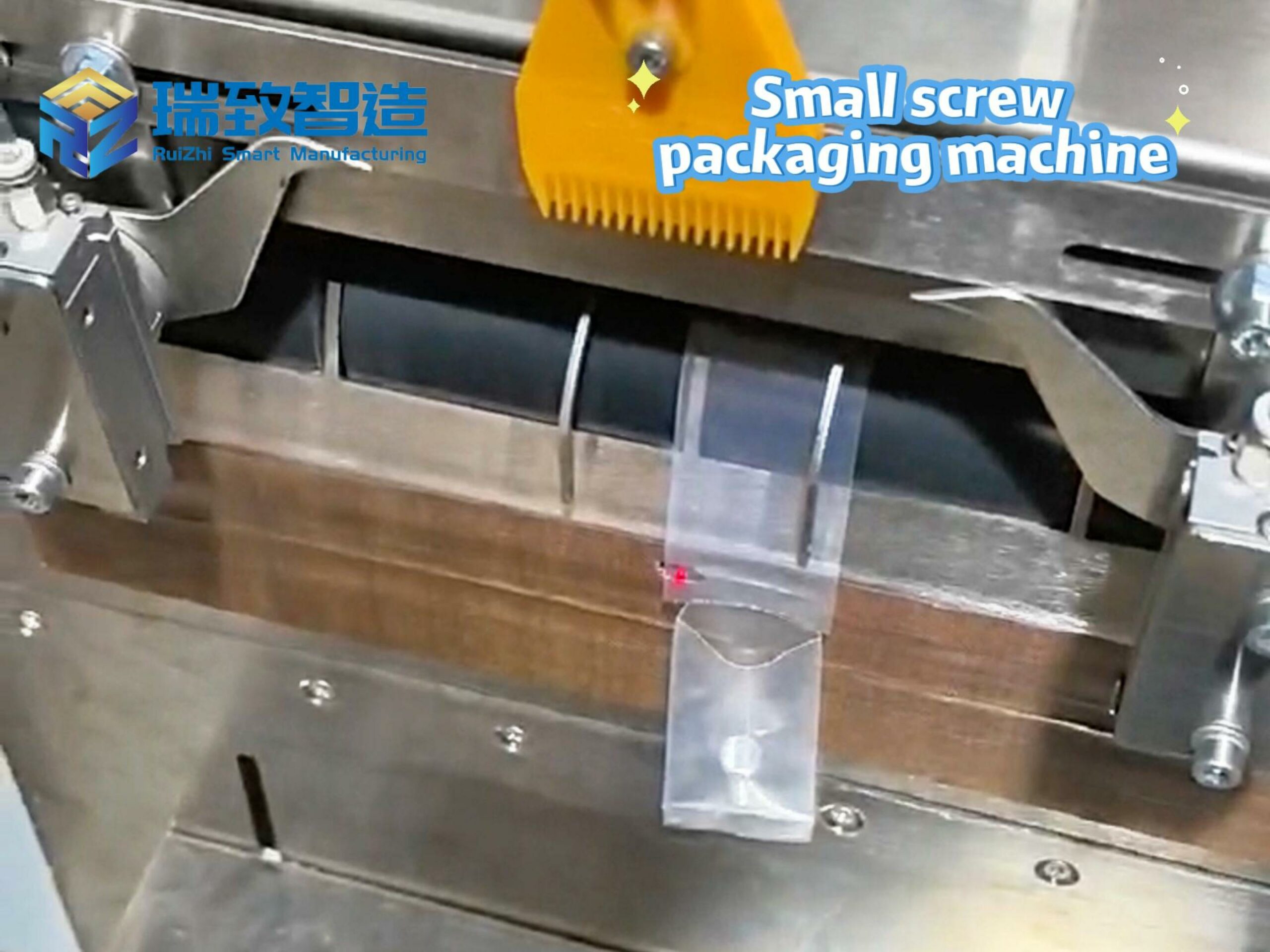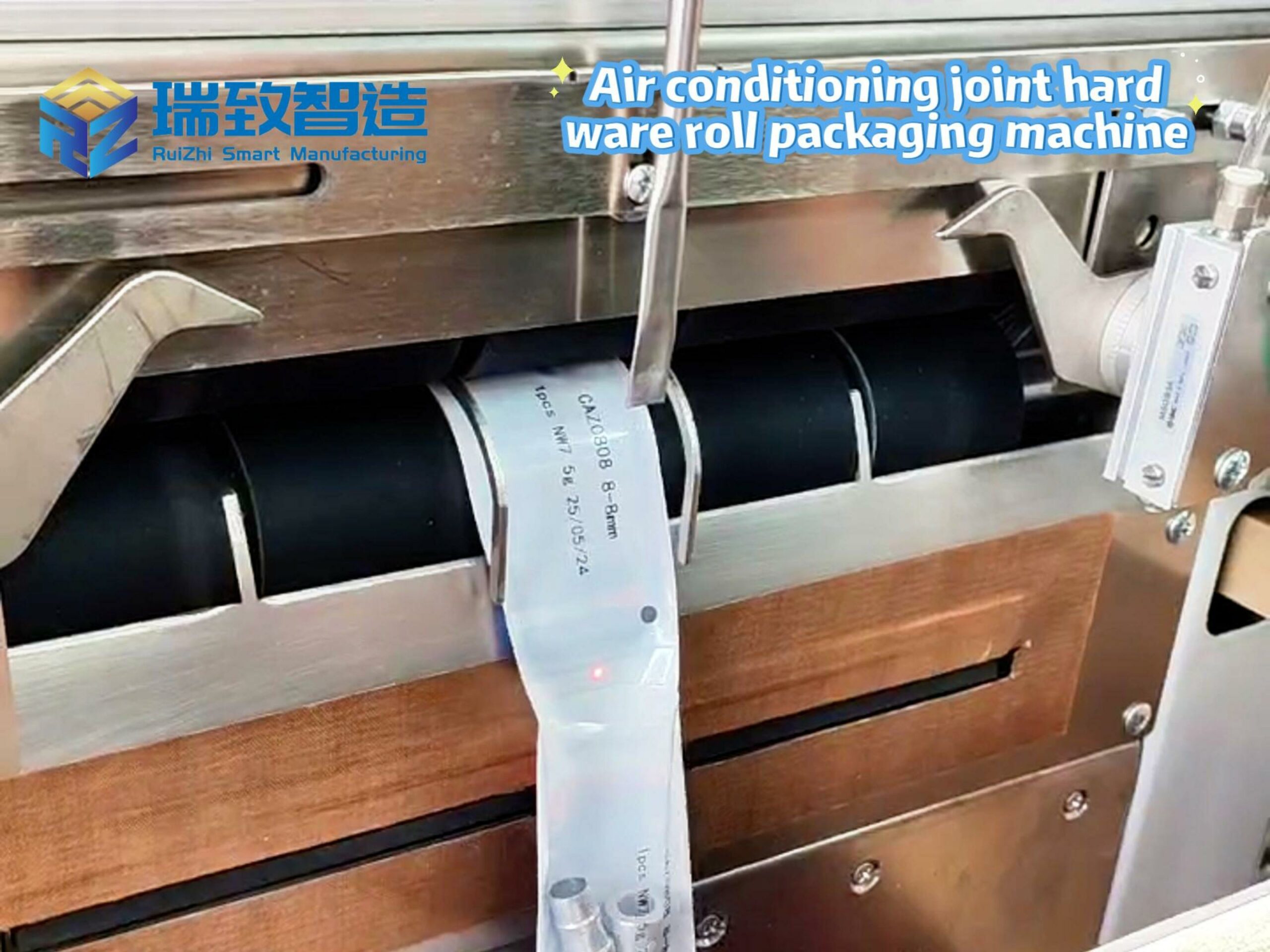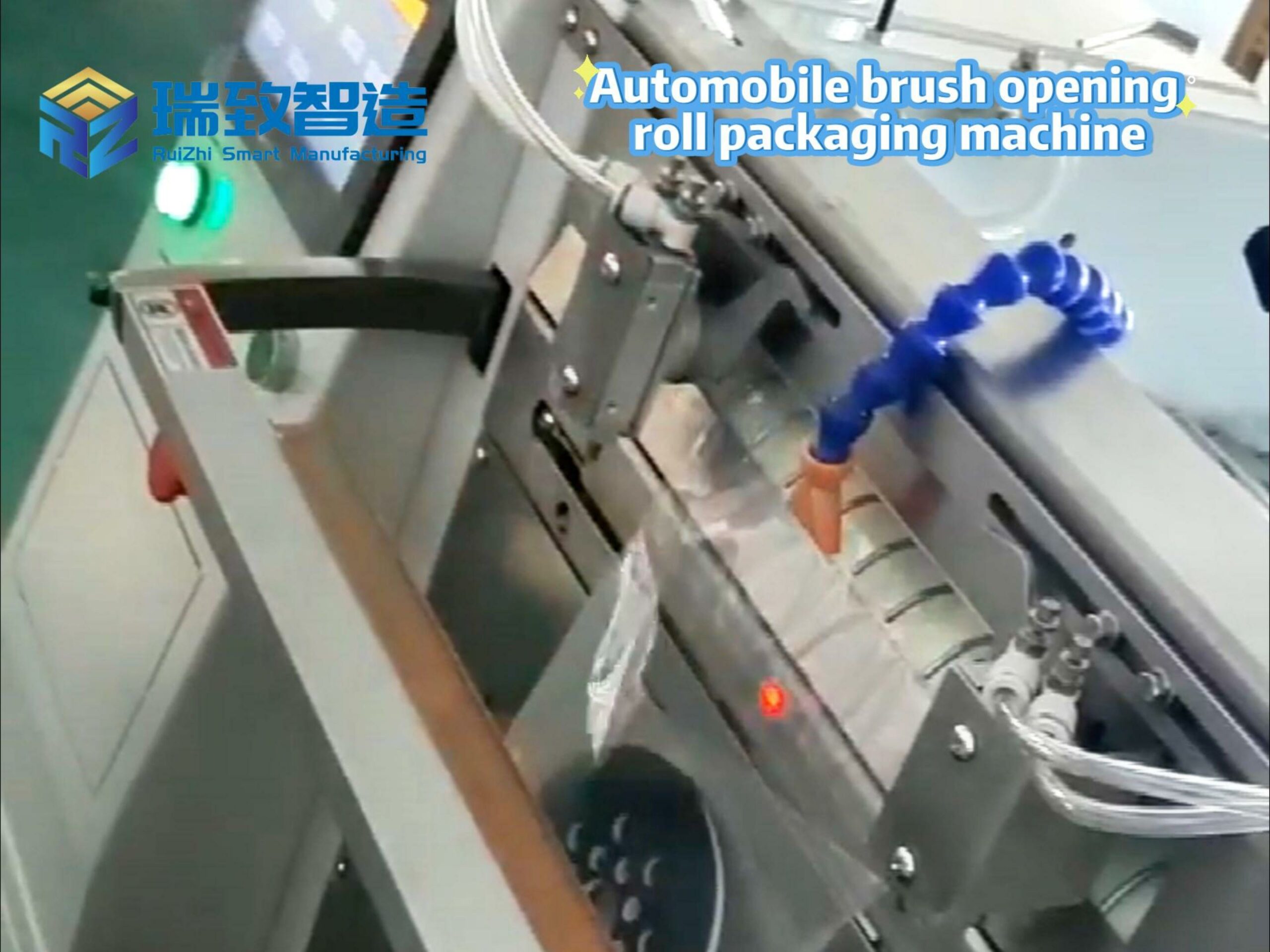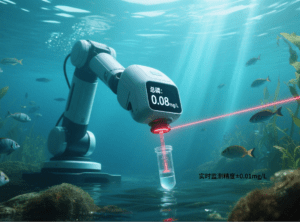
Taking the results of this pilot project as an opportunity, the Jiangxi Provincial Ecological Environment Monitoring Center will next explore and promote the application of the monitoring system across the entire Poyang Lake basin. It strives to build a modern ecological environment monitoring system compatible with the construction of “Beautiful Jiangxi” within five years!
As the strategy for ecological protection and high-quality development of the Yangtze River Economic Belt advances in depth, Jiangxi Province, based on scientific and technological innovation, has opened a new chapter in the ecological governance of the Poyang Lake basin. With the issuance of the Implementation Plan for Accelerating the Establishment of a Modern Ecological Environment Monitoring System for Beautiful Jiangxi by the Jiangxi Provincial Department of Ecology and Environment, the construction of the province’s ecological environment monitoring system has pressed the “accelerator button”. Recently, the province’s first integrated water quality monitoring system, led by the Jiangxi Provincial Ecological Environment Monitoring Center, was completed and put into operation in the Poyang Lake basin in Jiujiang City, marking that the total phosphorus pollution control of Poyang Lake has entered a new stage of digital and intelligent development. Notably, the stable operation of core equipment in this system, such as intelligent sampling stations and “dark-light laboratories” (unmanned laboratories), relies on the support of precision manufacturing technology. For instance, the sealed buckles of equipment enclosures and the connection structures of robotic arm transmission components all realize standardized assembly through Automatic Buckle Feeding And Assembly. This ensures that the monitoring equipment maintains waterproof and dustproof performance as well as structural stability in humid and dusty outdoor environments, providing reliable hardware support for round-the-clock water quality monitoring.
- Provincial-Level Coordination to Break Difficulties, Joint Efforts from Government, Industry, Academia and Research
As the “vanguard” in the field of ecological environment monitoring in the province, the Jiangxi Provincial Ecological Environment Monitoring Center has fully played its leading role. Recently, it joined hands with the Jiujiang Municipal Bureau of Ecology and Environment and the National Engineering Research Center for Water Pollution Monitoring to sign the Strategic Cooperation Agreement on the Pilot Project of Digital and Intelligent Transformation of Jiangxi’s Aquatic Ecological Environment Monitoring. Leveraging the advantages of the provincial-level surface water monitoring network resources, integrating the frontline supervision experience of cities and prefectures and national-level scientific research capabilities, the Boyang River—an important tributary of Poyang Lake—was selected as the pilot site to build a digital and intelligent monitoring system integrating monitoring, early warning, source tracing and disposal. It took only over a month from the signing of the agreement to the implementation of the system, setting a new speed for collaborative innovation among “government, industry, academia, research and application”. In the production of the system’s core equipment, the Automatic Buckle Feeding and Assembly system controls the buckle assembly error within 0.02mm through automated feeding, precise alignment and pressure detection. This avoids equipment seal failure caused by manual assembly deviations, laying a manufacturing foundation for the long-term stable operation of monitoring equipment in the field.
- Five-in-One Monitoring Network, Targeted Breakthroughs in Total Phosphorus Control
Along the 15-kilometer demonstration section of the Boyang River, a five-in-one monitoring system designed around the prevention and control of total phosphorus pollution in Poyang Lake is operating efficiently. Through IoT sensing, intelligent analysis and rapid response, this system realizes round-the-clock and full-factor monitoring of key indicators such as total phosphorus.
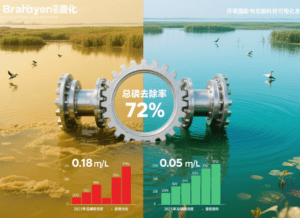
(1) Smart Water Station: The “Neural Center” of the Monitoring System
The smart water station integrates the joint monitoring functions of surface water, atmospheric precipitation and groundwater, and collects core data such as total phosphorus in real time. Once abnormal fluctuations in total phosphorus concentration are detected, the system immediately activates an emergency response mechanism: it automatically triggers intensive monitoring at upstream associated sampling sites and dispatches UAVs to conduct inspections in the pilot basin. This shifts the traditional monitoring model from “passive response” to “proactive prevention”.
(2) UAVs: All-Weather “River Patrol Pioneers”
UAVs equipped with hyperspectral imagers have built a three-dimensional inspection circle with a radius of 5 kilometers in the Boyang River basin. By presetting basin geographic information and using AI image recognition technology, the UAVs can independently take off, land and cruise. They not only quickly identify potential pollution sources such as industrial sewage discharge and agricultural non-point source pollution but also accurately detect the characteristics of phosphorus pollution. In the event of sudden pollution incidents, they can quickly link up with smart water stations and intelligent sampling stations to launch rapid pollution source tracing.
(3) Intelligent Sampling Stations: 24/7 “Water Quality Sentinels”
More than 10 intelligent sampling stations deployed along the riverbank adopt buckle-type connection structures at the joints of their internal valve control modules and water sample storage chambers. The batch assembly of these buckles is accomplished through the Automatic Buckle Feeding and Assembly system. This system can automatically adjust the feeding speed and assembly force according to the buckle specifications of different components, which not only ensures the airtightness of the internal structure of the sampling stations but also improves the equipment assembly efficiency. When indicators such as total phosphorus exceed the standard, the sampling stations can quickly activate the intensive sampling program, use an adaptive sampling algorithm to obtain the most representative water samples, and ensure the authenticity and reliability of data through constant-temperature transportation chains and blockchain evidence storage technology.
(4) Dark-Light Laboratories: Undertaking the “Data Decoding” Task
Dark-light laboratories (unmanned laboratories) take on the important task of “data decoding”. At the Boyang River pilot site, the Gongqingcheng Workstation serves as a “rapid inspection pioneer”, with 4 automatic detectors capable of testing more than 40 regular samples per day. When the number of samples is large, the robotic arms in Jiujiang’s dark-light laboratories take over. The entire process from sample injection to report release requires no human intervention—over 400 samples are automatically transferred and tested in the dark-light laboratories, which can accurately determine 19 key indicators including total phosphorus and ammonia nitrogen. Especially during periods of high pollution such as flood seasons, the system realizes 24-hour non-stop monitoring, providing massive and accurate data support for total phosphorus pollution prevention and control.
(5) Smart Platform: The Data Hub of Governance “Tools”
The smart platform transforms scattered data into governance “tools”. Data from various systems is collected in real time into the ecological cloud platform. Through big data analysis and machine learning algorithms, the platform not only realizes real-time early warning and prediction of total phosphorus concentration but also accurately calculates pollution flux and evaluates environmental capacity, providing a scientific decision-making basis for total phosphorus pollution control in Poyang Lake. The entire process from problem identification to the generation of analysis reports can be completed within 8 hours.
III. Digital and Intelligent Empowerment Delivers Results, Opening a New Chapter in Phosphorus Control Governance
What this system brings is not only technological iteration but also a profound transformation in the governance paradigm, enabling the total phosphorus pollution control of Poyang Lake to leap from “experience-based governance” to “precision-based measures”. The monitoring frequency has increased from once a month to three times a day, the emergency response time has been shortened from 24 hours to 4 hours, and the pollution source tracing accuracy has improved from the kilometer level to the 100-meter level. More importantly, through the precise monitoring and rapid response to total phosphorus pollution, it provides solid data support for the implementation of comprehensive governance measures in the Poyang Lake basin, such as pollution source control, sewage interception and ecological restoration.
Taking the results of this pilot project as an opportunity, the Jiangxi Provincial Ecological Environment Monitoring Center will next explore and promote the application of the monitoring system across the entire Poyang Lake basin. It strives to build a modern ecological environment monitoring system compatible with the construction of “Beautiful Jiangxi” within five years, making science and technology a strong backing for protecting the “clear water” of Poyang Lake. The integration of precision manufacturing technologies such as Automatic Buckle Feeding and Assembly will further improve the standardized production level and environmental adaptability of monitoring equipment, providing more solid hardware support for this replicable and promotable digital and intelligent monitoring model, and helping it contribute “Jiangxi Wisdom” to the ecological protection of the Yangtze River Economic Belt.


